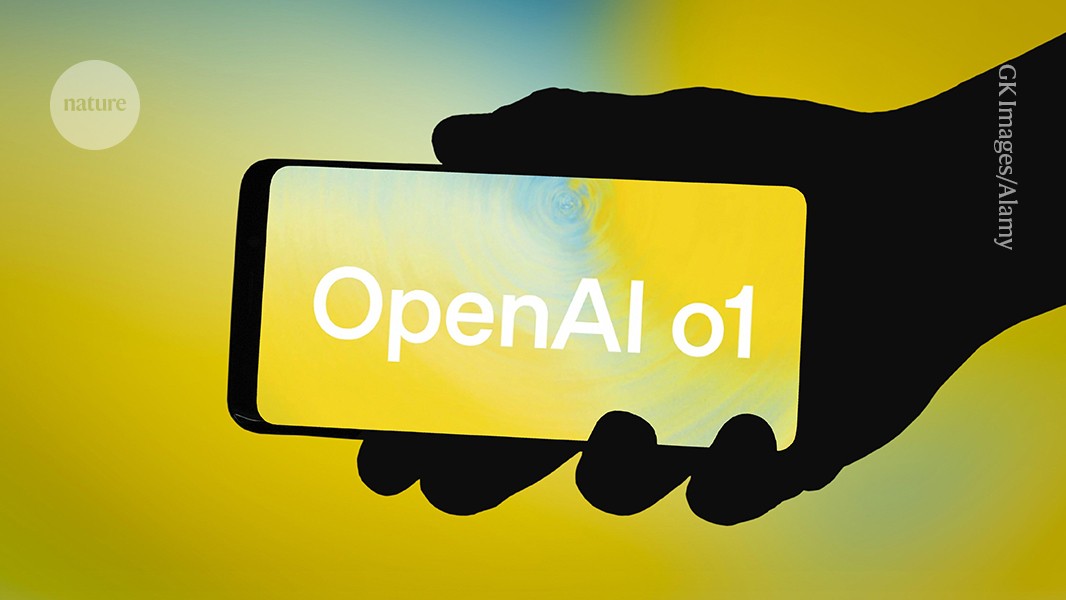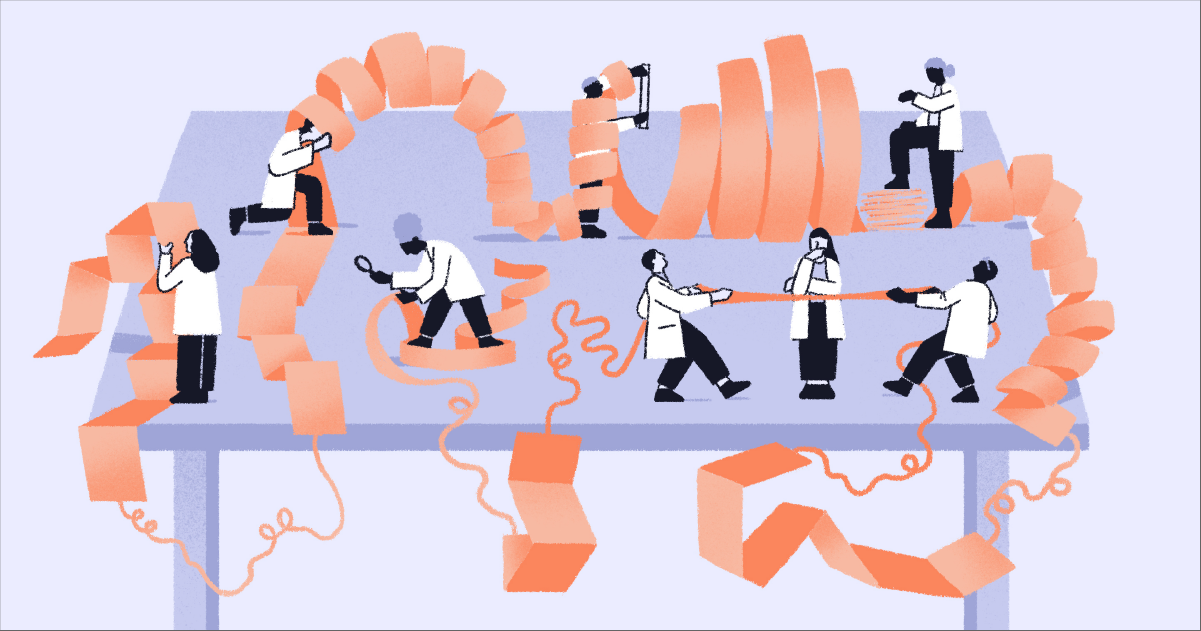QuillcrestFalconer [he/him]
- 13 Posts
- 3.45K Comments
- QuillcrestFalconer [he/him]to
 ·4 months ago
·4 months agoOn one hand, he has a giant factory in China, on the other hand his biggest competitor is chinese.
No idea but I'm guessing that it wasn't a new transformer
Yes lmao. It appears at around 5 min
- QuillcrestFalconer [he/him]to
 ·4 months ago
·4 months agoCommander of the United States Africa Command (he might keep a black man as leader of africom though) https://en.wikipedia.org/wiki/Michael_Langley
Michael Langley. Ok universe, very funny
This reminds me of the latest styropyro video, where he builds the macrowave (a really powerful microwave) and he's like: "I bought this cute distribution transformer that will be perfect for the job"
Trump appoints RFK as head of the FDA. WHO declares avian flu pandemic the next day.

Sorry guys I may have lathed this one into existence 4 days ago
- QuillcrestFalconer [he/him]to
 ·4 months ago
·4 months agoLately the sahel seems to be the gift that keeps on giving
- QuillcrestFalconer [he/him]to
 ·4 months ago
·4 months agoVery relatable tbh
- QuillcrestFalconer [he/him]to
 ·4 months ago
·4 months agoLmao Germany is so cooked, they can't even get paper
Hunting dick cheney sounds like a fun family activity now that you mention it
- QuillcrestFalconer [he/him]to
 ·4 months ago
·4 months agoWastewater in Los Angeles, Marina, Ontario, Redwood City, Sacramento, San Jose and Turlock tested positive for H5 bird flu virus in their latest samples.
This is fine
https://xcancel.com/HmpxvT/status/1855286728640385512
- QuillcrestFalconer [he/him]to
 ·4 months ago
·4 months agoFukuyama announces History 3. 0, after having announced History 2.0 in 2016
Do you want to know what's even more bleak?
AI-generated images threaten science — here’s how researchers hope to spot them
It's been a while since thermodynamics, but it's because of adiabatic expansion of the air. Basically the same thing happens when you blow, the air becomes cooler when it expands outside your mouth
- QuillcrestFalconer [he/him]to
 ·4 months ago
·4 months agoMassive floods in Spain again, in Girona this time
- QuillcrestFalconer [he/him]to
 ·4 months ago
·4 months agoAmerica is the Empire/First Order. America is Homelander.
Where's the lie
- QuillcrestFalconer [he/him]to
 ·4 months ago
·4 months agoThe queen of failing upwards














I actually like the ones that manage to bamboozle me